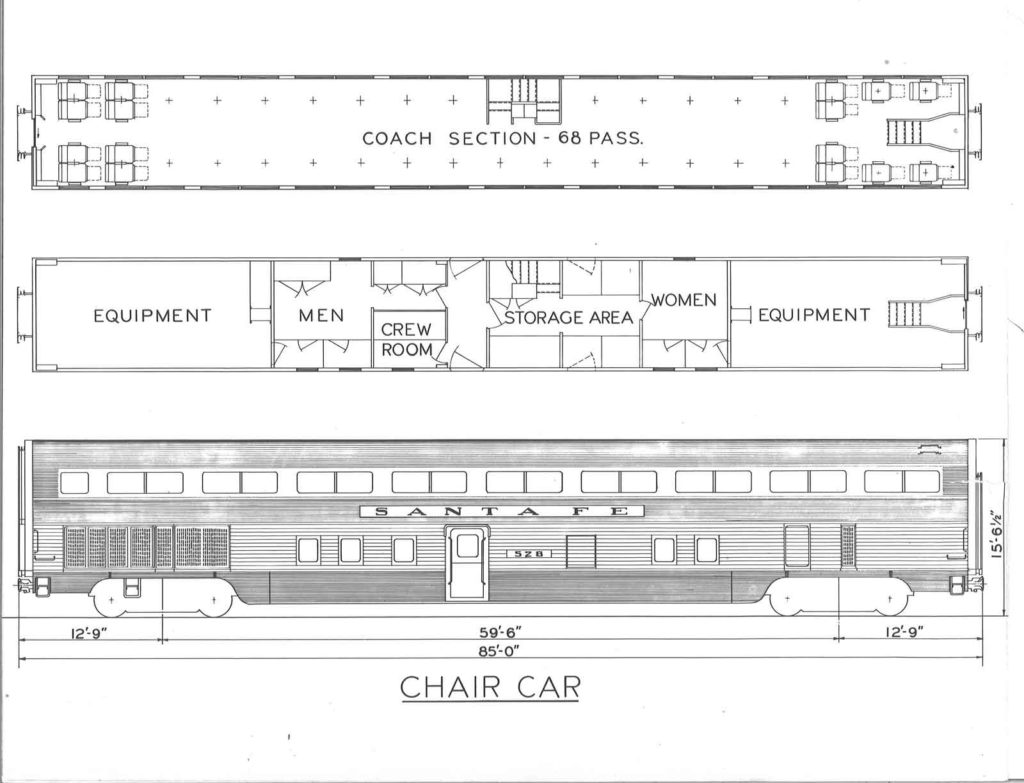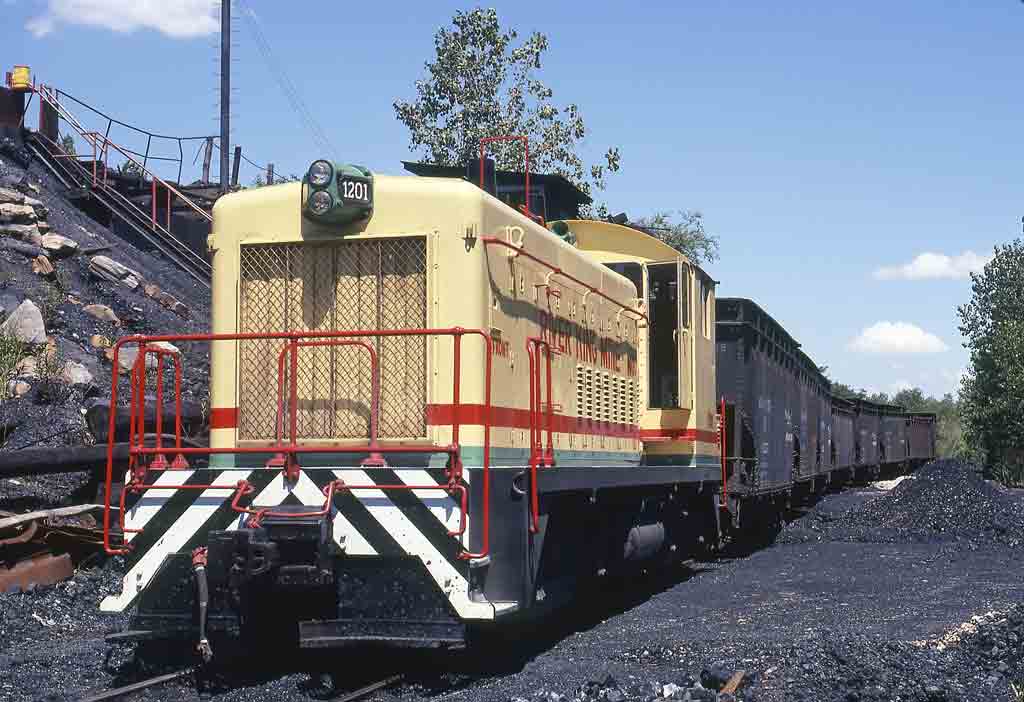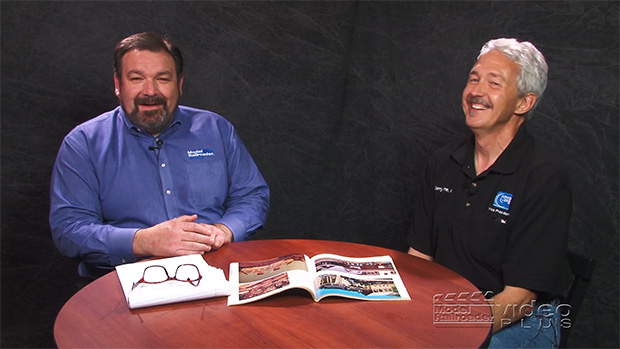
Having trouble viewing this video? Please visit our Video FAQ page Host Hal Miller brings you this single-stall edition featuring NMRA Vice President and Master Model Railroader Gerry Leone. Hal points the conversation toward Gerry’s remarkable Bona Vista HO scale layout and its various iterations that have appeared in numerous Model Railroader publications. You’ll […]
Read More…
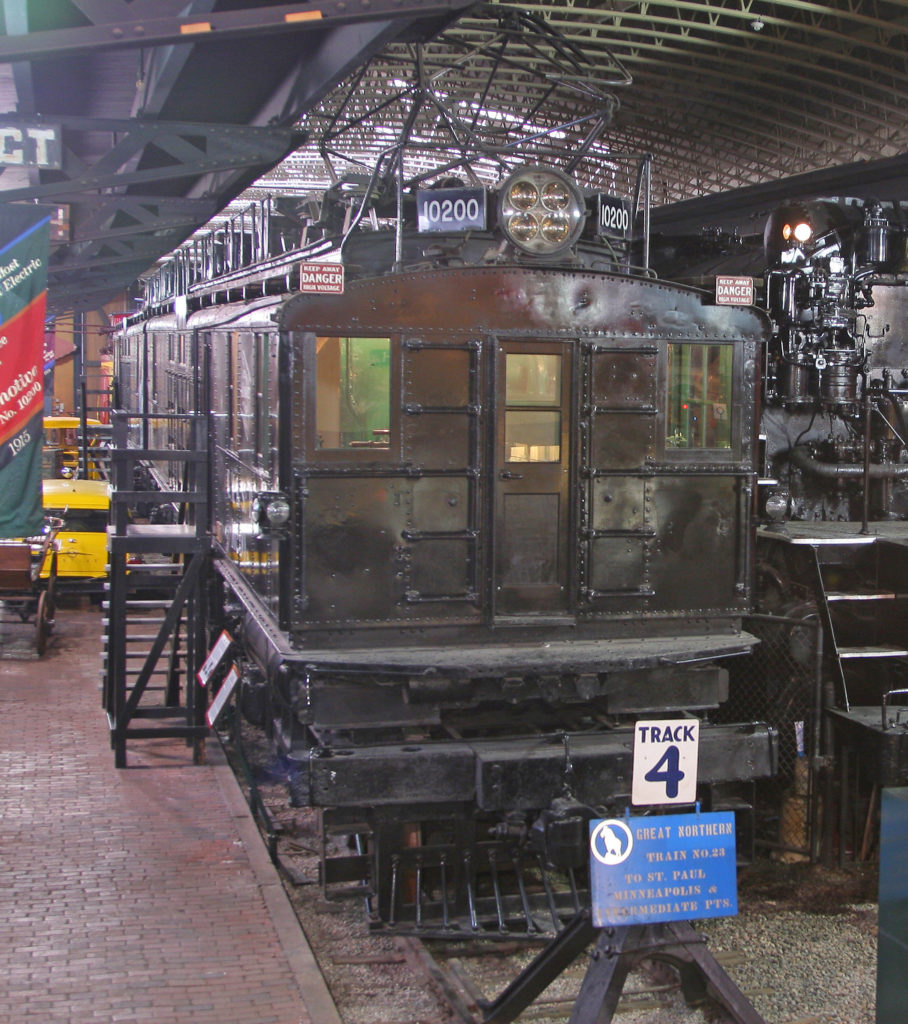
Milwaukee Road No. 10200 on static display at the Lake Superior Railroad Museum in Duluth, Minn. Steve Glischinski DULUTH, Minn. — The legendary Milwaukee Road Pacific Extension saw its last trains in 1980, and the end of its electrification in 1974. But the first electric locomotives used on the “Electric Way Through the Mountains” as […]
Read More…
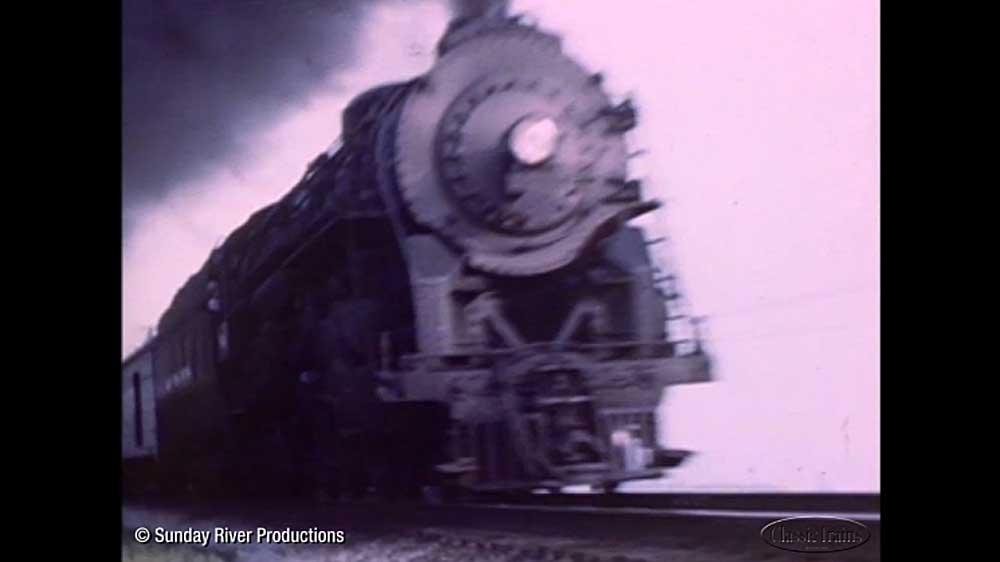
Watch video clips of Niagaras, Hudsons, and Pacifics in the Hudson River Valley from the Sunday River Productions DVD Program Hudsons along the Hudson. […]
Read More…

Watch video clips of Niagaras, Hudsons, and Pacifics in the Hudson River Valley from the Sunday River Productions DVD Program Hudsons along the Hudson. […]
Read More…
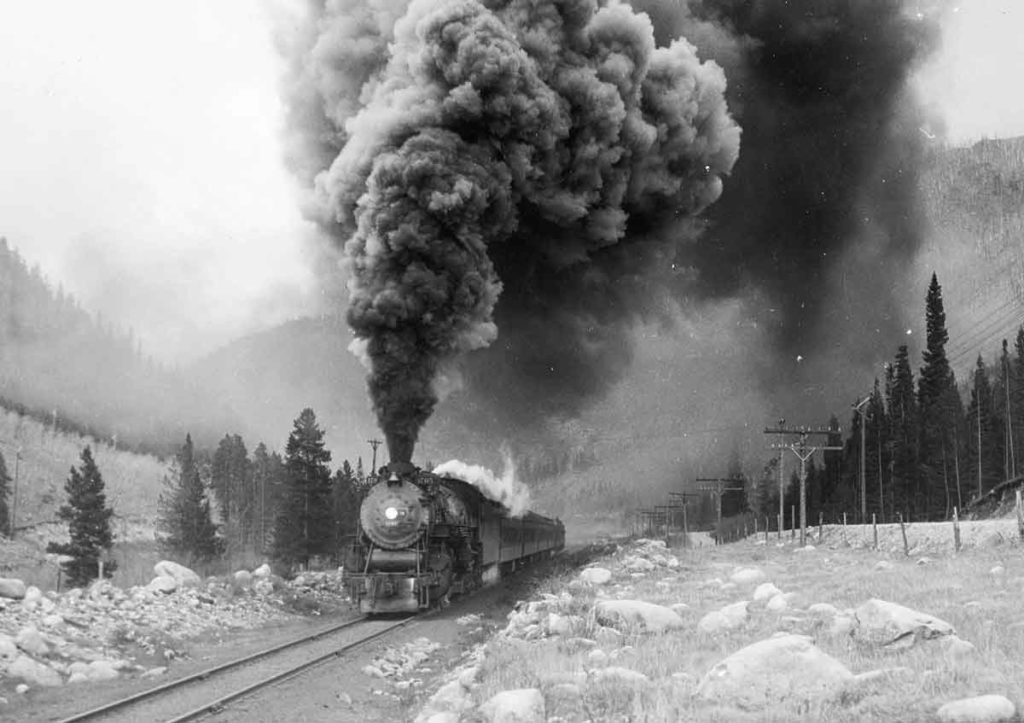
Denver & Rio Grande Western 4-8-2 1705 raises an impressive smoke plume as it lifts a troop train up the Front Range of the Rockies at Tolland, Colo., on May 16, 1943. Robert McKell photo […]
Read More…

WAUKESHA, Wis. – Longtime Model Railroader editor Andy Sperandeo died Oct. 3, in Brookfield, after a long illness. He was 70. Sperandeo joined the Model Railroader staff in 1979. Over the years he worked his up through the ranks, becoming editor in 1993 and, later, executive editor. Most recently he was editor of Model Railroader’s […]
Read More…
Children of all ages love the circus – and the circus train! See the famous Ringling Bros. and Barnum & Bailey “Blue Unit” circus train run over Norfolk Southern and learn more about its operation and consist with www.TrainsMag.com. […]
Read More…
Nevada’s famed Virginia & Truckee Railroad, once the richest railroad in the world saw a tourist revival decades after the route was abandoned. See the railroad’s steam-powered tourist operations in the Comstock Lode region with www.TrainsMag.com. […]
Read More…
Children of all ages love the circus – and the circus train! See the famous Ringling Bros. and Barnum & Bailey “Blue Unit” circus train run over Norfolk Southern and learn more about its operation and consist with www.TrainsMag.com. […]
Read More…
Nevada’s famed Virginia & Truckee Railroad, once the richest railroad in the world saw a tourist revival decades after the route was abandoned. See the railroad’s steam-powered tourist operations in the Comstock Lode region with www.TrainsMag.com. […]
Read More…




